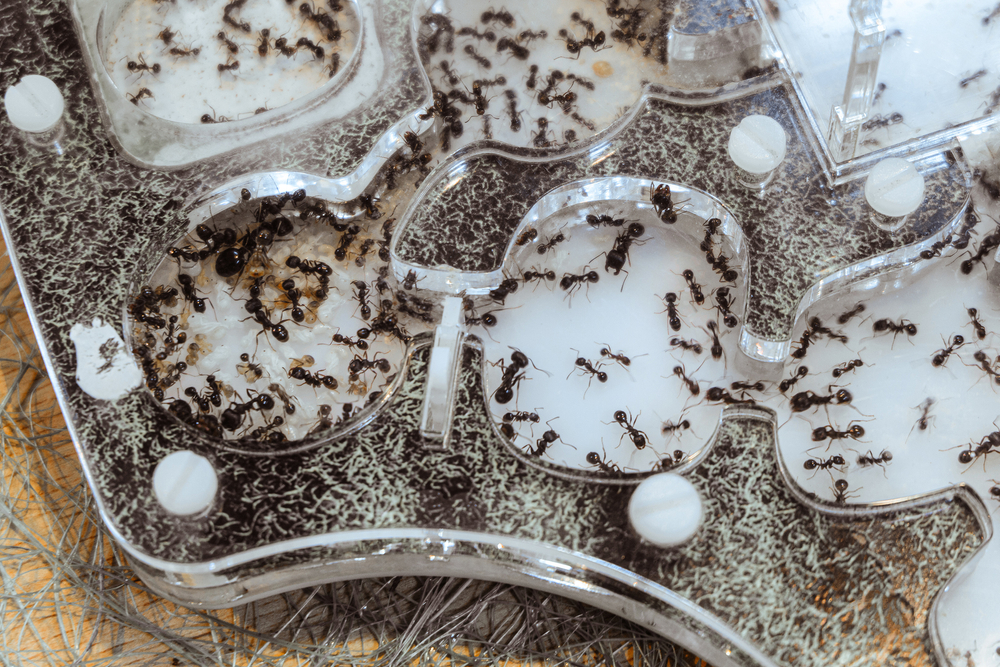Understanding the Fascinating World of Ant Farms: A Comprehensive Guide
Ant farms, once popular children's toys, are now emerging as an engaging hobby for animal enthusiasts of all ages. This article delves into the intriguing world of ant farms, tracing their historical origins, modern developments, and the growing interest in these miniature ecosystems. Let's embark on this enthralling journey, examining the fascinating intricacies of ant farms, their market impact, and what the future holds for this unique pastime.

An Illuminating Journey Through History
Ant farms, or formicariums, have a rich history dating back to the early 20th century. First patented in 1907 by French entomologist Charles Janet, these miniature ecosystems were initially used for scientific research. However, it wasn’t until 1956 when Milton Levine introduced the Uncle Milton’s Ant Farm, that this intriguing pastime caught the public’s attention. Levine’s accessible and child-friendly design set the stage for the ant farm’s transition from a scientific tool to a popular hobby.
Modern Ant Farms: Where Science Meets Art
In the 21st century, ant farms have evolved significantly, becoming more intricate and appealing. Modern designs feature 3D printed landscapes and LED lights that illuminate the ants’ tunnels. Some even have built-in cameras, allowing enthusiasts to capture the fascinating behaviors of these industrious creatures. Moreover, bioactive ant farms, complete with plants and microorganisms, simulate the natural environment, enhancing the ants’ well-being while offering a captivating visual experience.
Growth and Impact of the Ant Farm Market
The ant farm market has seen steady growth over the past few years. Prices range from as low as $20 for basic models to over $200 for high-end, technologically advanced versions. This market expansion reflects the increasing interest in ant farms, not just as children’s toys, but also as educational tools and decorative items. The hobby’s growth has led to the proliferation of online communities where enthusiasts share their experiences and knowledge.
Scientific Insights Gained From Ant Farms
While ant farms provide entertainment and aesthetic appeal, they also offer valuable scientific insights. Observing ants in a formicarium can reveal intriguing details about their social structure, work ethics, and communication methods. For instance, studies have shown that ants use pheromones to communicate, a fact discovered through close observation in ant farms. This research not only enriches our understanding of ants but also holds potential implications for robotics and crowd control algorithms.
The Future of Ant Farming
As technology advances, so does the potential for more sophisticated and interactive ant farms. Experts predict that augmented reality could become a significant feature in future designs, enabling users to gain a more immersive experience. Furthermore, the growing interest in environmental conservation could see ant farms playing a crucial role in educating the public about the importance of these tiny creatures in our ecosystem.
In conclusion, ant farms are more than just a childhood pastime. They are a window into a fascinating world, a merging point of science and art, and a testament to the endless wonders of nature. As we venture further into the 21st century, ant farms will likely continue to captivate us, offering a unique blend of education, entertainment, and aesthetic appeal.





